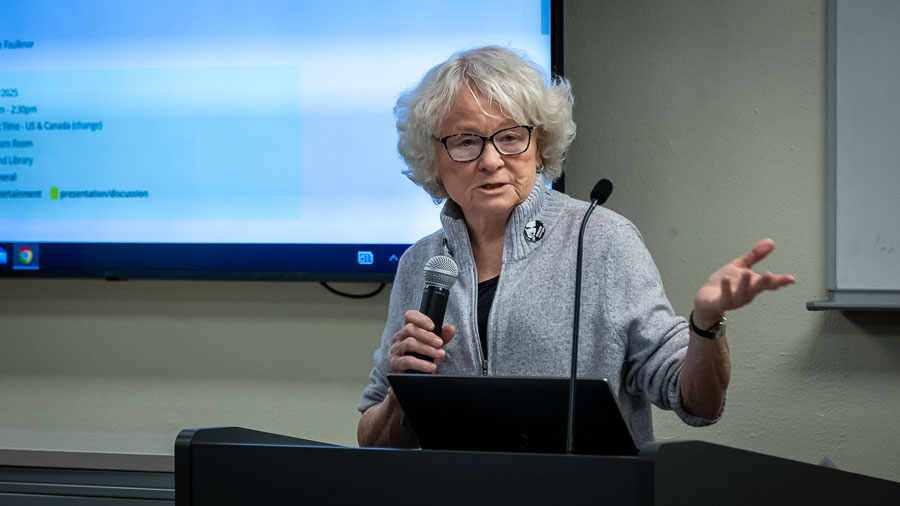OUR VIEW: Turnover in school leadership is more than just a Medford issue
Published 6:00 am Monday, July 10, 2023

- OUR VIEW LOGO (NEW)
Sometimes, the first question that comes to mind about a given situation should be considered nothing more than the first step toward reaching a far more important question.
Consider the case of principal retention in the Medford School District — where only two of 18 principals have three or more years in their current jobs, five will be new to their posts this year, and three other positions are vacant.
The highest-profile transition — the departure of Jeremy Hamasu from South Medford High School to take an assistant principal role at Scenic Middle School in Central Point — led teachers and staff at SMHS to write to the school board seeking to determine whether the Medford district has a “pattern of departures.”
Yes … and no.
There has been turnover in the administrative ranks of Medford schools, but it’s not a simple cause-and-effect situation endemic to the city.
“Turnover in our industry,” Kirk Kolb, who supervises Medford principals, told the Rogue Valley Times, “is off the charts.”
Kolb is correct — and this is where what might seem like a local problem to those directly involved here turns out to be a manifestation of a national issue.
A nationwide surve earlier this year by the RAND Corp. found that 16% of principals had left their jobs during the 2021-22 academic year. That follows on the heels of a study by the National Association of Secondary School Principals that found that nearly 40% of middle school and high school principals were planning to leave their jobs within three years.
So, Medford, no … it’s not just you.
While each individual decision to leave a job undoubtedly is influenced by a number of factors that vary in each case, some reasons are universal.
The stress that comes with the role of leading a school. Shortages of staffing and materials to keep schools operating at full efficiency.
Heather Schwartz, one of the authors of the recent RAND report, says that beyond the multitasking nature of being “the CEOs of the building, in a sense,” principals increasingly have found themselves in the middle of debates over social issues — everything from masking regulations to identity politics to challenges to curriculum.
“Principals in every state are facing enormous challenges resulting in significant stress,” says Ryan Merriwether, an Indiana principal who helped design the industry survey, “with no end in sight.”
The stress is exacerbated by what the Second School Principals Association found to be an alarming statistic — that nearly 70% of principals had been attacked physically, verbally or online over the past year.
RAND researchers are quick to suggest that results about retention need to be considered with caution, because while it’s a “cause for concern,” it’s not clear whether they represent an aberration, coming out of the pandemic years, or constitute the start of a trend.
Those involved with education locally might want to ask why we’re seeing a “pattern of departures” here, or to point fingers — as some on social media have done — at some failing of the school board, or district administration.
But the real question is really the inverse: “How do we get them to stay?”
If national studies are any indication, there might be no one-size-fits-all answer. But the truth might be found in the message Hamasu delivered to South Medford families.
“I am leaving,” he said, “to accept a new, quieter opportunity.”










